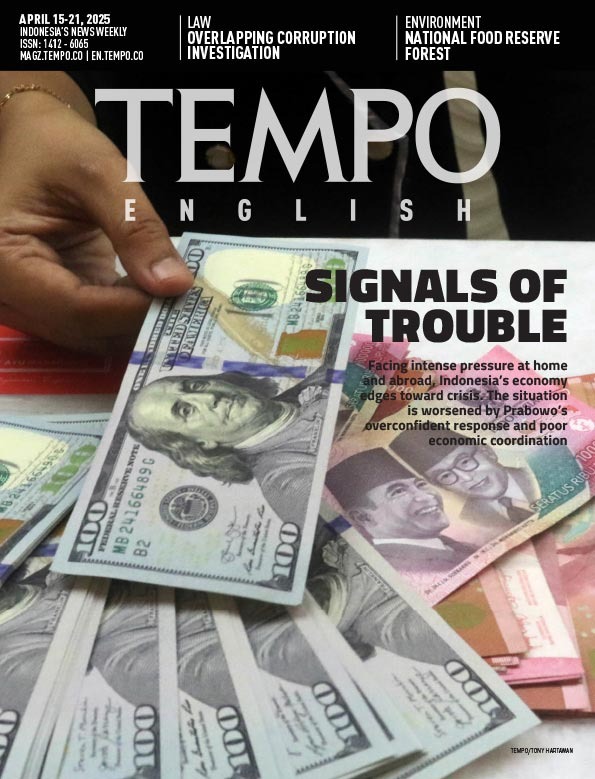Lackadaisical Disaster Mitigation
Monday, March 18, 2024
Hydrometeorological disasters hit a number of areas in Indonesia. Ironically, mitigation efforts are not yet a priority.
arsip tempo : 174660391211.

NOWADAYS no nation is free from the threat of climate change. Unpredictable weather, typhoons, floods and inundations happen sporadically around the world. Therefore, disaster preparation and mitigation should be the top policy priority for all nations, including Indonesia.
In the last few weeks, there have been floods and landslides in a number of regions of Indonesia, from West Sumatra and Semarang in Central Java to Madura in East Java. This should make us all more aware that the negative impacts of the climate crisis are increasingly staring us in the face. There is something amiss with nature. Our islands are increasingly vulnerable to major catastrophes.
According to the 2020 World Risk Index, Indonesia is ranked at number 40 of 181 nations prone to disasters. As well as facing the impacts of climate change, Indonesia sits on the ring of fire, a region prone to earthquakes and volcanic eruptions.
Therefore, serious commitment from the government is needed for disaster mitigation and disaster relief in Indonesia. Disaster mitigation should not be limited to rhetoric or lower priority programs. It should become the government’s top priority, especially mitigating major disasters that could happen at any time.
Law No. 24/2007 contains provisions for mitigation. It refers to mitigation as a series of endeavors to reduce risk through the building of structures, awareness and increasing the ability to face the threat of disasters. These activities range from learning about the signs of, prevention of, and dealing with disasters.
The problem is that when disasters actually occur, the government is always taken by surprise and anticipatory measures come too late. There are always stories of poor coordination. And often government officials descend into open squabbling over the causes and best way to deal with the disaster.
Conversely, before disasters strike, government officials tend to sit around doing nothing. And politicians rarely show any concern about the government’s lack of mitigation measures. They only spring into action when disasters actually occur, but this is often more driven by a need to maintain their public images.
Among the people, awareness of the threat of disaster is uneven. More than a few people see disasters as fate that cannot be anticipated and the effects of which cannot be minimized. This is different from in Japan, for example. As well as the government there being more serious about mitigation measures, public preparedness to face disaster is part of everyday life.
Almost all of the recent disasters in Indonesia have been related to hydrometeorological parameters such as rainfall, humidity and temperature. Therefore, studies by hydrometeorology experts should be publicized, as happened with findings by virus experts during the Covid-19 pandemic.
As long as they are based on data and scientific studies, the government should not hesitate to issue warnings about the threat of a major disaster facing a particular area. This is not fearmongering, but rather a way to increase awareness and vigilance in the face of a disaster.











